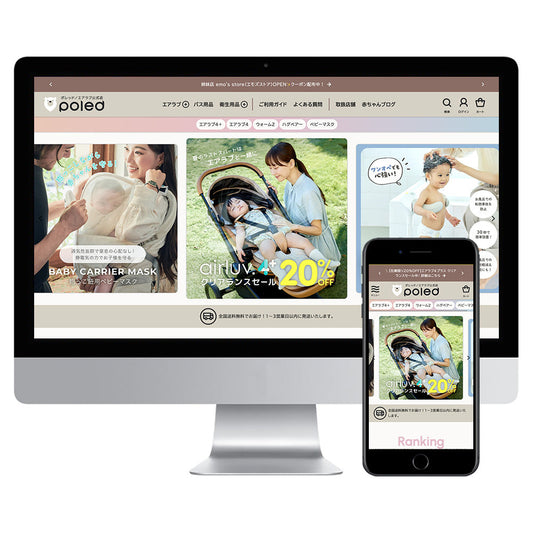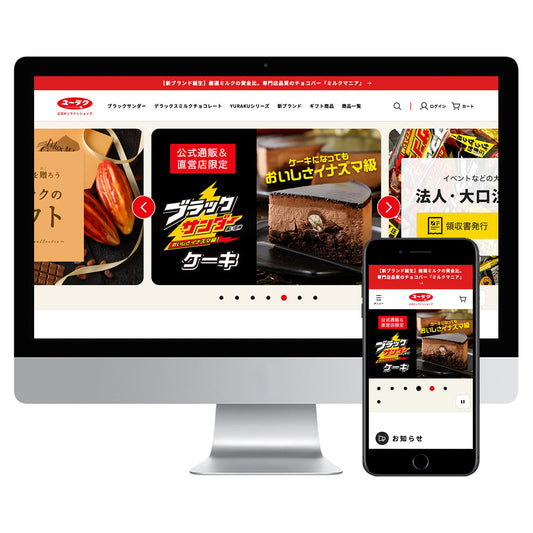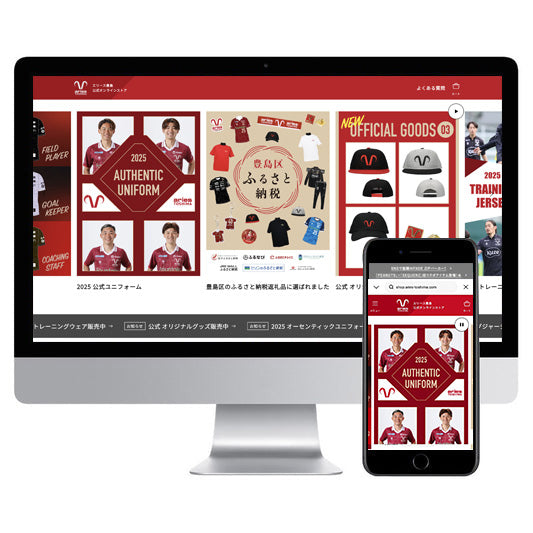When replacing an e-commerce site, there may be cases where you want to migrate blog posts and static pages that are run on WordPress to Shopify.
If you have a small number of blog posts, you might consider migrating them manually, but if you have a large number of posts, this method isn't practical.
In this article, we will introduce some points to be aware of that we discovered when we actually migrated over 10,000 blog posts to Shopify.
By reading this article, you will find out:
- A realistic migration method for WordPress blogs with a large number of articles
- Things to note when migrating your blog from Wordpress to Shopify
*This article is based on our experience. Please note that it may not be the best method.
How to migrate if you have a large number of blog posts
First of all, if you have a large number of blog articles, we recommend using an external app called "Matrixify."
First of all, Shopify's standard features do not include the ability to export and import blogs or pages. By using Matrixify, you can perform the migration process.
Matrixify is here
The migration process can be roughly summarized as follows:
- Use the "AllExport" plugin on the Wordpress side
- Export CSV after setting up a post or page with AllExport
- On the Shopify side, import the CSV using Matrixify
- Download the data generated by Matrixify
- Upload the downloaded image to Shopify's "Files"
- Edit the downloaded Excel file as needed.
- Import the edited Excel file into Matrixify
- Check the pages migrated to Shopify and adjust the layout
Following this flow, the next sections will summarize the points to note for each item.
*Since there is an official Matrixify tutorial page, we will not go into details about the migration procedure in this article. Please also see the following page.
Migrate Blog Posts and Pages from WordPress to Shopify
1. Use the "AllExport" plugin on the Wordpress side
Be careful with the Wordpress version
Use a plugin called AllExport to export article data in WordPress to CSV.
However, to use the AllExport plugin, your WordPress version must be "5.0" or higher. Please note that you cannot use AllExport if your WordPress version is insufficient.
2. Export CSV of your post or page after setting it up with AllExport
Export information settings

There are certain fields that must be included when exporting data from AllExport, and missing them will result in an error when importing into Matrixify.
We recommend including the following items:
For blog posts
- ID
- Title
- Content
- Excerpt
- Date
- Permalink
- Alt Text
- Featured
- Categories
- Tags
- Status
- Author First Name
- Author Last Name
- Slug
- Post Modified Date
For static pages
- ID
- Title
- Content
- Excerpt
- Date
- Permalink
- Status
- Author First Name
- Author Last Name
- Slug
- Post Modified Date
About the file name of the exported CSV
If you do not include "wordpress" and the name "posts" (for blogs) or "pages" (for pages) in the CSV file name, Matrixify will not recognize the data as coming from Wordpress when you import it.
Make sure the file name includes the name.

Do not edit the exported CSV file.
Please be careful not to edit the CSV file as you may corrupt it, but if you want to edit the data you can do so in a later section.
3. On the Shopify side, import the file using Matrixify
First, check "Dry Run"
When you first import a CSV into Matrixify, we recommend checking "Dry Run." You can import without checking it, but we don't recommend it because the data will be migrated to Shopify's production environment right away.
Also, be sure to remember to enter the domain information you are using on the WordPress side in the "Old server URL" field.

4. Download the data generated by Matrixify
It may take some time to download the data.
Once the import is complete, a download button will appear at the top of the Matrixify task page. The data includes image data uploaded on the WordPress side, so if you have a lot of blog articles or photos, it may take a long time to download.
*In our case, there were over 10,000 articles and a considerable number of photos, so downloading took about two business days in total.
However, you can do other tasks while downloading, so you don't have to worry about it interrupting your work.
5. Upload the downloaded image to Shopify's "Files"
This can take a long time depending on the number of images.
Upload the downloaded images to the "Files" section of Shopify. In fact, this was the most time-consuming step when we did the migration.
- Upload images steadily via the Shopify admin screen
- You can upload up to 200 images at a time.
- Images larger than 20MB or 20 megapixels cannot be uploaded and will need to be edited
※Reference) Upload restrictions (uploading images)
Due to the limitations mentioned above, if you have a large number of images, you will have to manually upload 200 images at a time, which requires time and patience.
*In our case, we had a total of over 30,000 image data, so we divided the data among a team of four people and shared the work.
6. Edit the downloaded Excel file as needed
The contents of the downloaded Excel file have been converted to Shopify-compatible data. Edit it as needed.
*In this section, we will use the example of a "blog."
Edit the values of "Blog: Handle" and "Blog: Title"

These are the handle and title fields for your "Blog Category." If necessary, change them to the name you want to display on your Shopify site.
Editing "Body HTML"

This is the "Article Body" field. The contents will be exactly as written in the body of the WordPress site, so you may need to edit it depending on how you use it.
Correction of "jpeg" notation
"JPEG" is a file extension for images, but in Shopify, images that are "jpeg" are automatically changed to "jpg" when uploaded. Therefore, if there is a jpeg notation in the article body using the img tag, etc., it will be necessary to change it to jpg.
Correction of "a tag"
The "a tag (link description)" in the article text may contain the WordPress domain. If you are replacing your e-commerce site with Shopify, you may want to set up redirects for each page, but it's a good idea to make the path relative to the root just to be safe. This will reduce the chance of errors in links to product pages, etc.
Example) “<a href=”https://yoursite.com/xxxx/~”>” → “<a href=”/xxxx/~”>”
Adding a line break tag
If you are creating the article body in HTML format on the Wordpress side, please note that unless you include the "br tag" for line breaks, Shopify will not recognize line breaks in the text, etc.
*When editing the above Body HTML, please be careful not to affect other fields if you use bulk replacement.
Edit "Target" in the "Redirects" tab of the sheet

If you use Matrixify for migration, it is very convenient because it automatically redirects articles. However, if the value of Target (URL on Shopify side) is not what you expect, you will need to make corrections.
7. Import the edited Excel file into Matrixify
Import without checking "Dry Run"
In this section, you will be importing data that has been edited for Shopify, so please be careful not to check Dry Run.
8. Check the pages migrated to Shopify and adjust the layout
Adjustments are focused on popular articles and recent articles.
Because Wordpress and Shopify are different platforms, display issues will occur to some extent. If you have a large number of blogs to migrate, adjusting the layout of all articles will take time and is not realistic. We recommend that you make adjustments based on priorities, using data from Google Analytics and other sources as a reference.
summary
In this article, we introduced some points to keep in mind when migrating blog posts and pages from WordPress to Shopify.
If you have a large number of articles, you can realistically migrate by using Matrixify, but it still requires a certain amount of effort. Before migrating, it is important to carefully consider how many articles you have and whether you can secure the resources.
Also, since migration is a somewhat difficult task, we recommend that someone with specialized knowledge handle it.
Lastly, this article is based on our company's track record. If you find any mistakes, we would appreciate it if you could point them out.
If you have any questions or concerns about transferring your blog posts, please feel free to contact us.
Contact us
*This article is current as of December 2021. Due to future app updates or changes to Shopify specifications, it may not be possible to set up exactly as described in this article.





